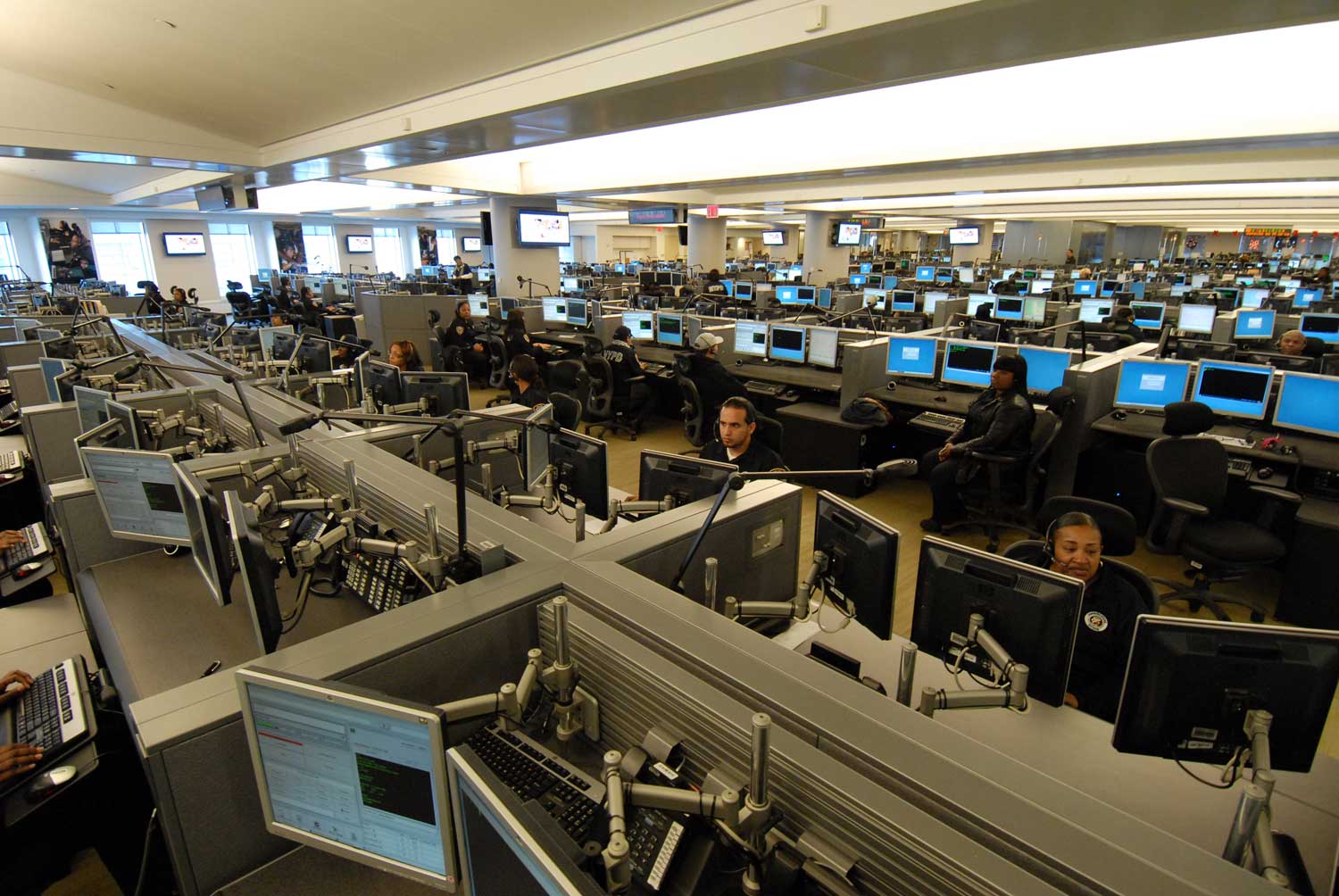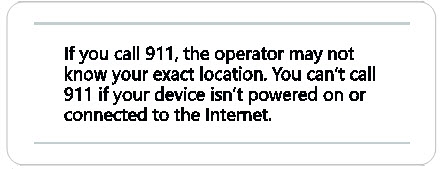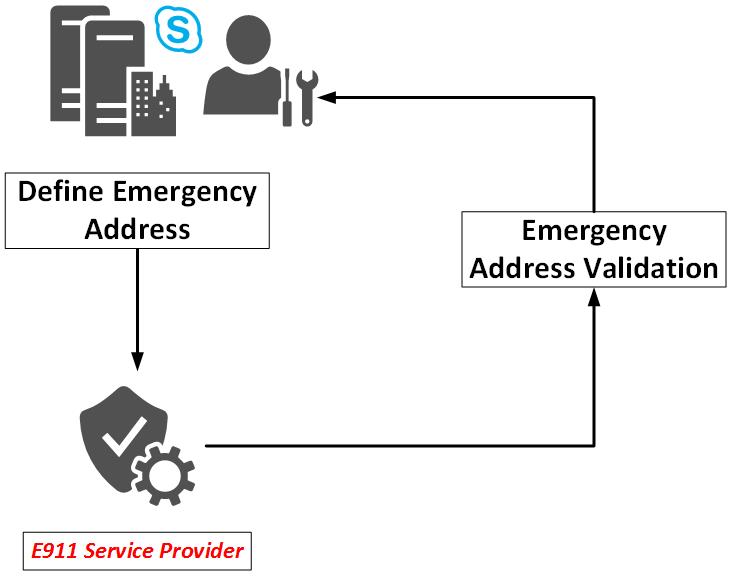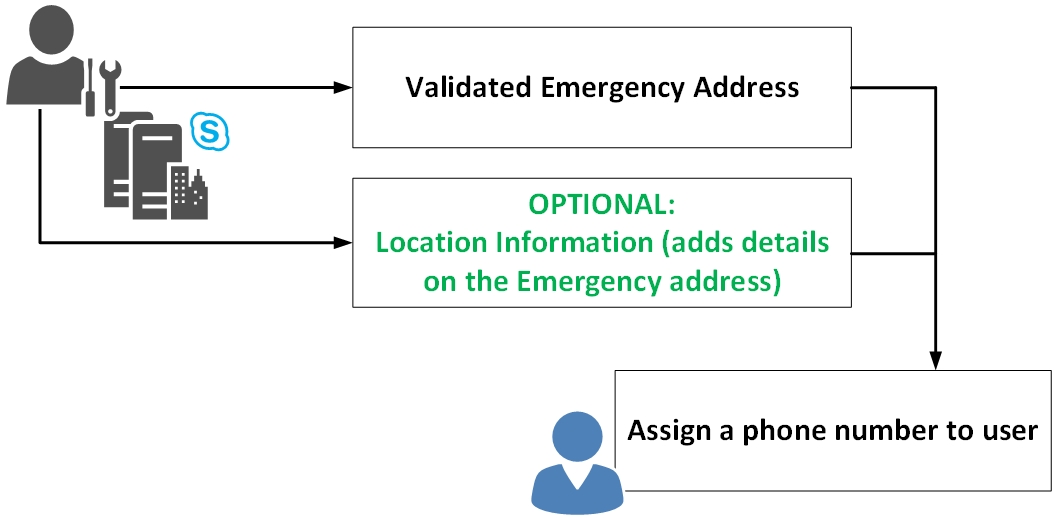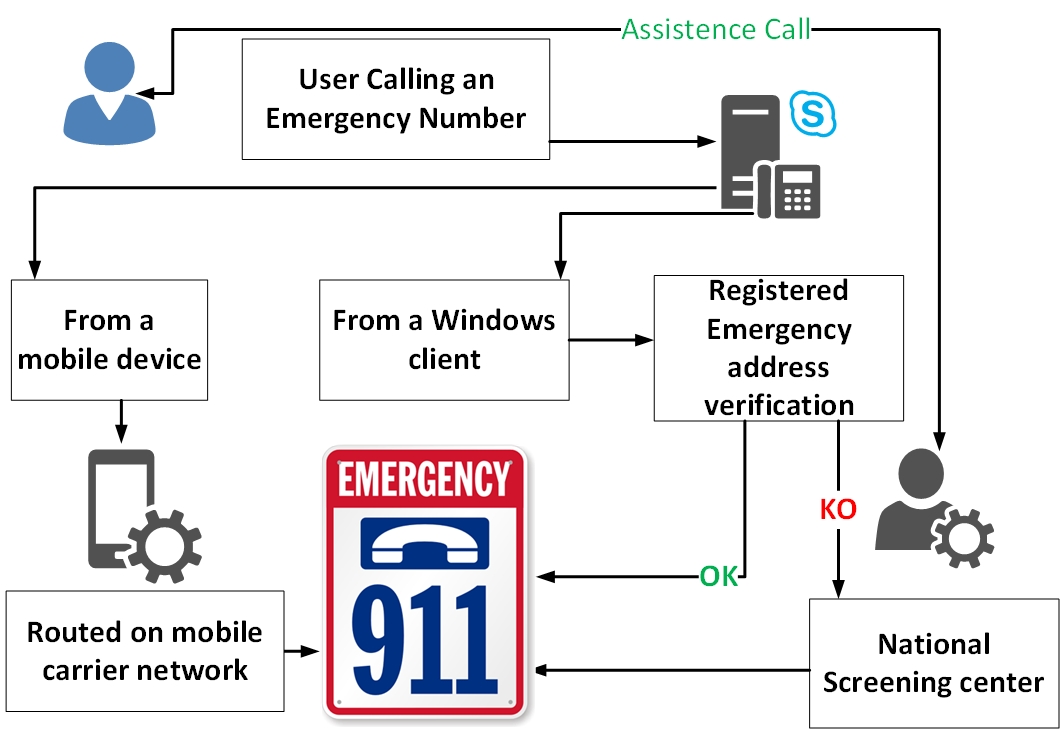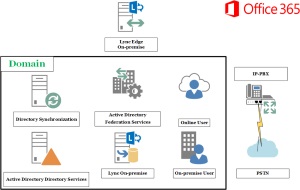Intro and Scenario
As many of you know, Office 365 Enterprise E5 includes Cloud PBX with PSTN calling (i.e. the capability to connect to the PSTN using services based only on the Microsoft Cloud).
The aforementioned scenario includes capabilities to call Enhanced 9-1-1 (E-911) emergency numbers (in many countries, like Italy, 112 is the comparable number).
In a Unified Communication deployment including Enterprise Voice (EV) / VOIP this kind of feature is a critical and (sometimes) complex one to realize.
E911 calling has a lot of legal requirements and constraints, because you HAVE to know exactly where a user is located, so that you are able to connect him to the right (nearest) public resources.
It is not easy to have the aforementioned information in an on-premises scenario, because EV users are, often, mobile (including external users connecting from the Internet).
I have always wondered how Microsoft would have resolved the same problem in a completely Cloud based scenario and recently I have seen some answers and (I have to admit) I am a little bit worried about some of the solutions I see
Office documentation
Right now, the best source of information seems this post “911 calling terms and conditions”
That includes a link to the 911 calling disclaimer stickers
The description of the solution is confusing on the first part and trivial for the last two points.
First things first: your emergency call could be sent to the wrong 911 location OR you could be connected to an operator, for assistance.
Hard to understand (especially from an administrator point of view) when you have one of the aforementioned scenarios and (also) the description gives you NO idea about how they work, do not you think so?
I will talk about my understanding of the solution later.
The second part of the post looks like something dedicated to “Homer Simpson”: devices not powered or not connected to the Internet have NO 911 capability and (also) 911 is an U.S. service and calling it from outside the aforementioned country is not advisable.
DOH !
Locating a E911 call in the Cloud
Note: The following is simply MY explanation about the mechanisms involved in a call to emergency numbers with Cloud PSTN calling.
Before you assign a phone number to a user, you have to define emergency addresses that will be used when calling an emergency services. The emergency address should be validated with the E911 service to be sure that the format is the right one.
Then, the administrator is able to assign the phone number pairing it with the correct emergency address.
You are able to add ALSO a location, that adds details about the emergency address of the user (like the floor of the building and so on).
Only validated addresses can be assigned to users (and as far as I know only addresses in the U.S. can be validated).
When a user calls the emergency service, and he / she is using a Windows client, a national screening center will verify that he / she is effectively at the registered emergency address and then will be routed to the dispatcher authority for that location.
If the user is not at the registered address, the location will be verbally required and the call will be sent to the right dispatcher.
If the user is connected from an app on a mobile device, the call will be routed to the mobile carried.
There is a “grey zone” (as far as I know) for mobile devices (like tablets) using a data only sim. Probably they could be redirected to the screening center.
Final Thoughts
The solution for calling E911 with Skype for Business PSTN Calling services (if I have understood it well) looks like something that works but is not at all automated as I would like and hope. In addition, having a screening center between the user and the emergency service could be something critical (and not in a positive manner) in a situation where seconds could be extremely important.
